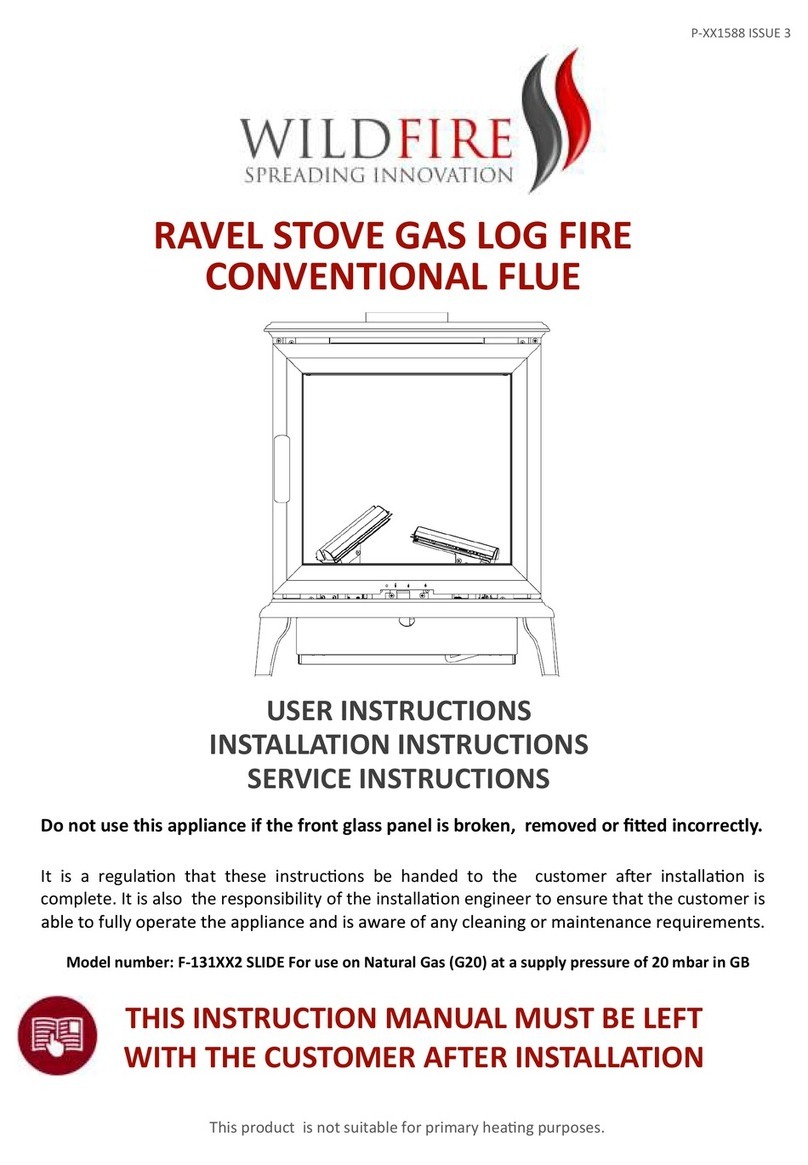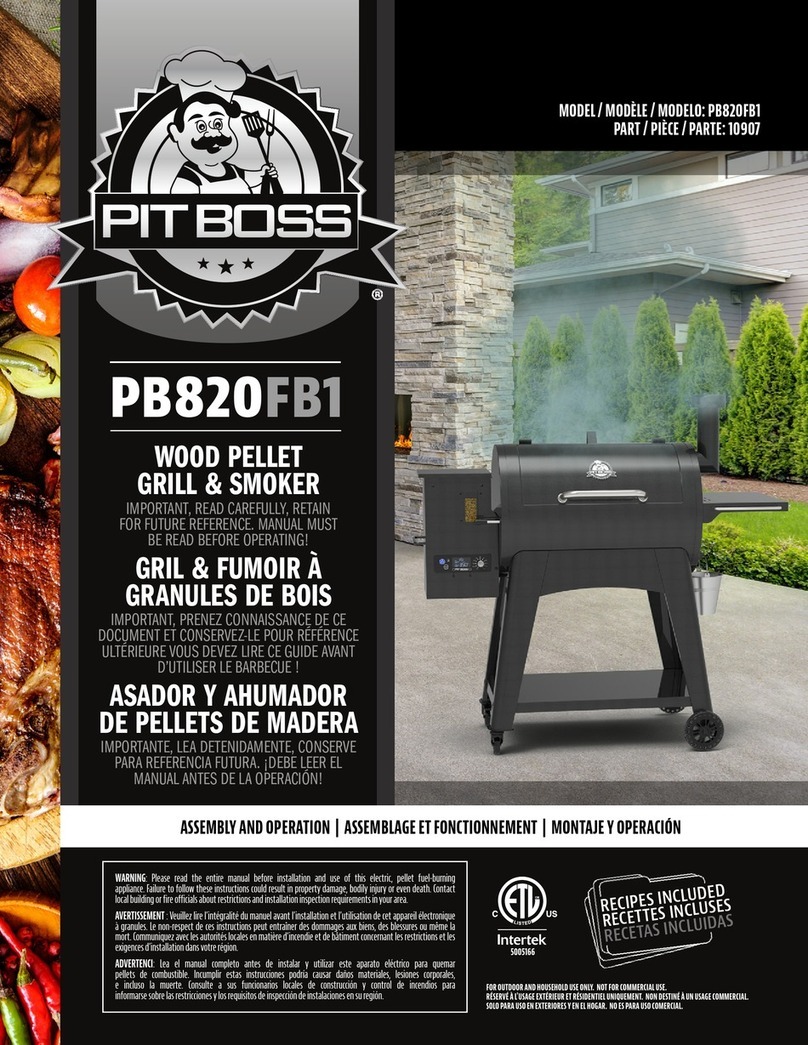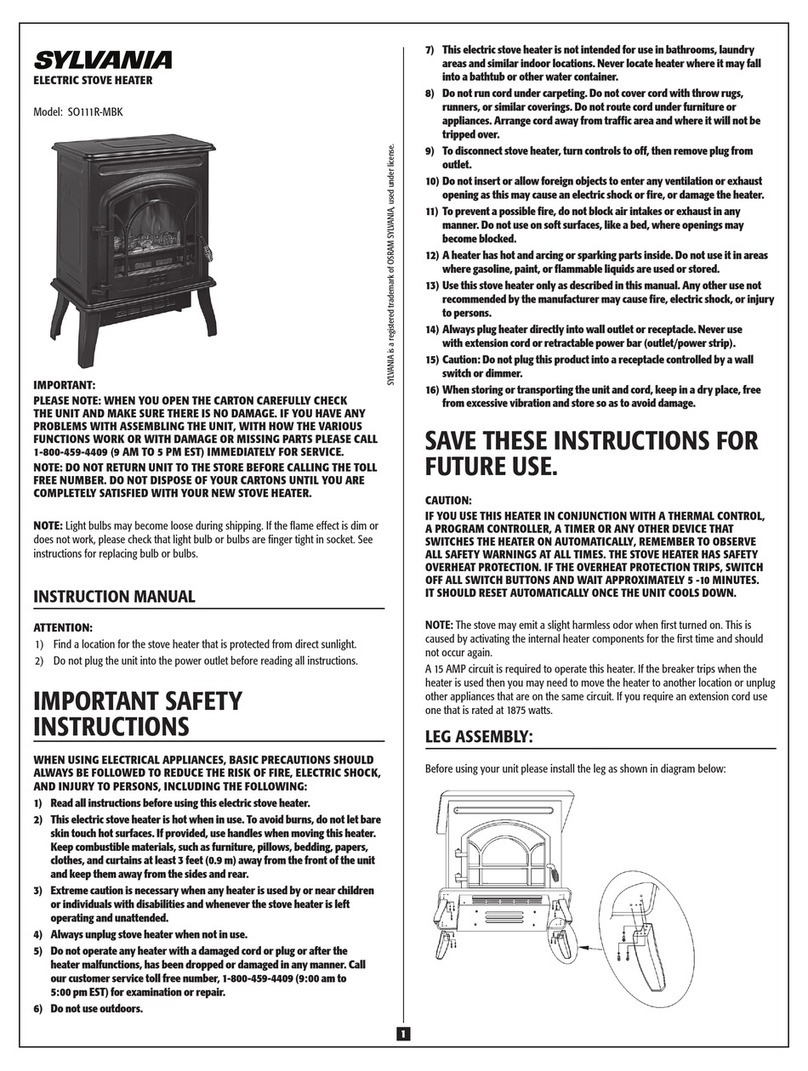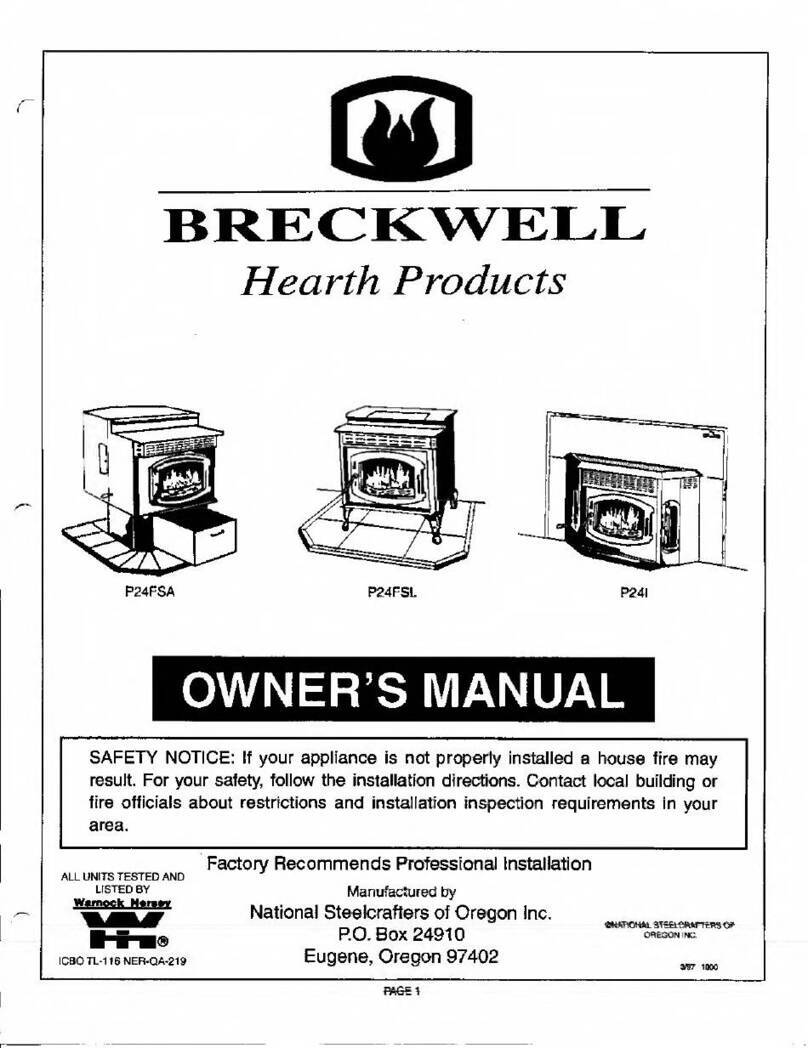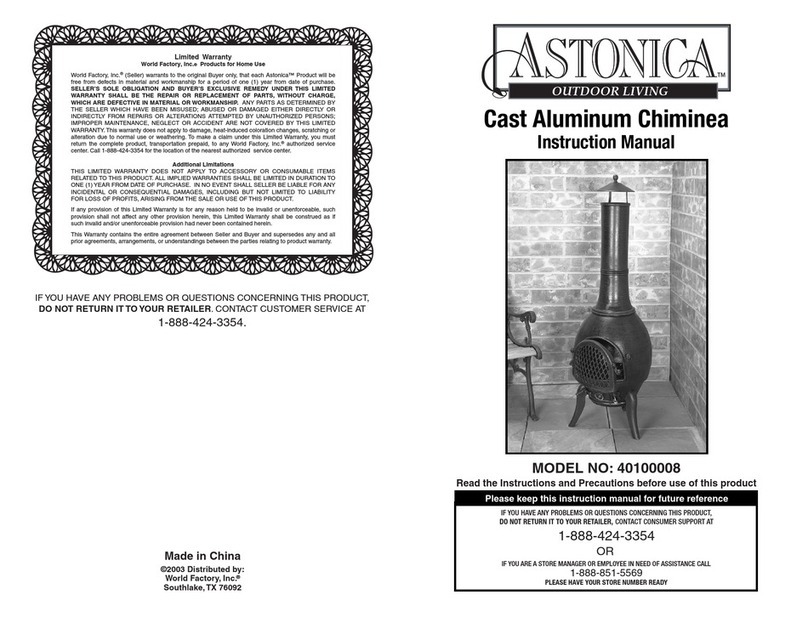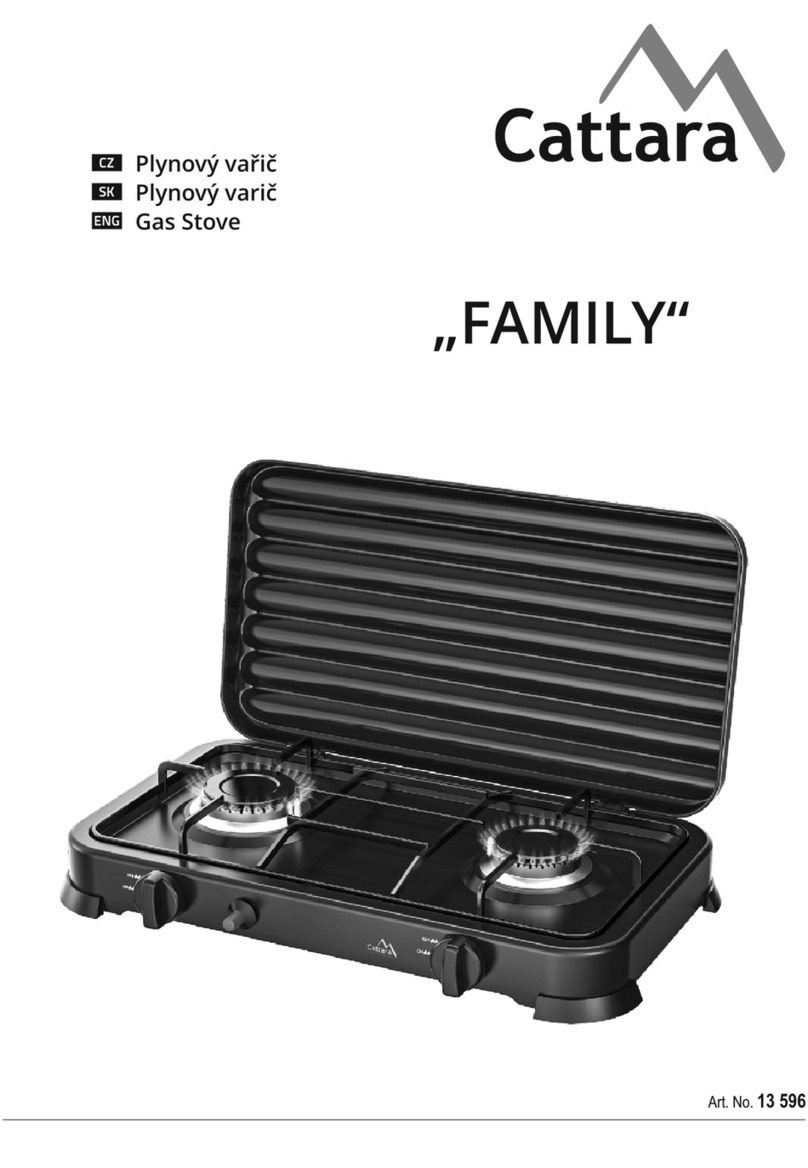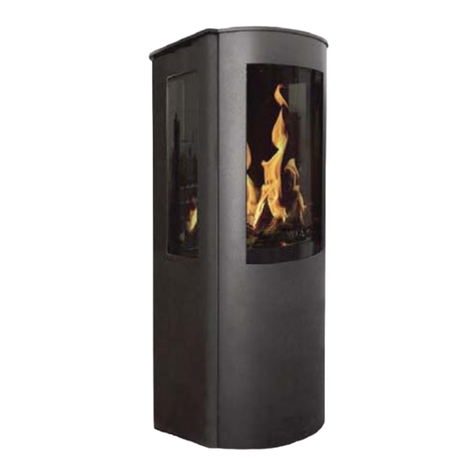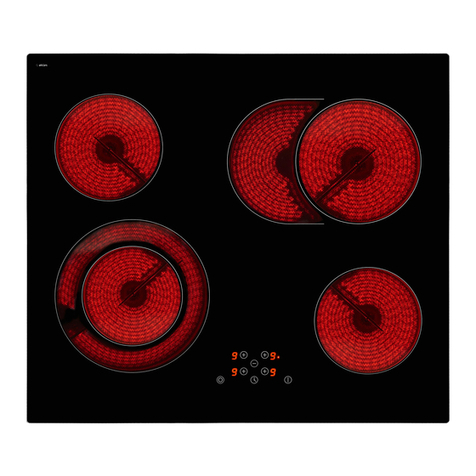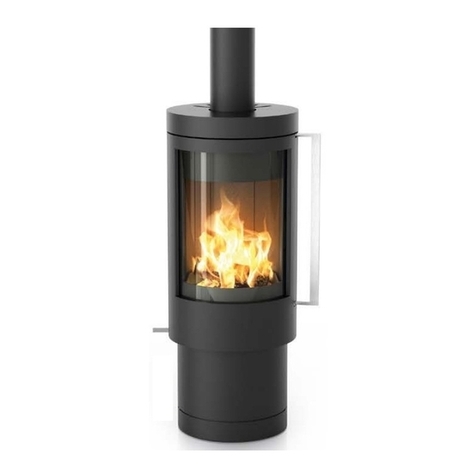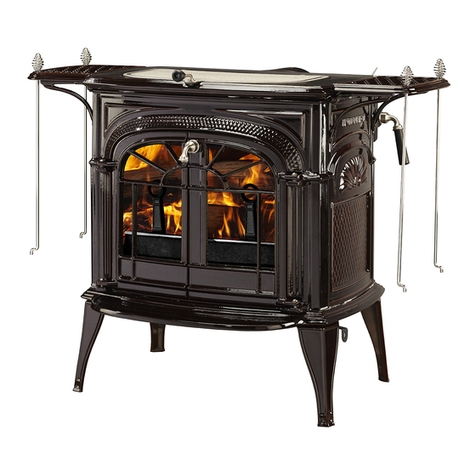
AVVERTENZE IMPORTANTI
LEGGERE QUESTE ISTRUZIONI PRIMA DELL’USO POICHÈ ALL’INTERNO VI
SONO IMPORTANTI INFORMAZIONI SULLA SICUREZZA , L’USO E LA MANU-
TENZIONE DELL ’APPARECCHIO.
Questo apparecchio, adatto per il solo uso ESTERNO, dovrà essere destinato1.
solo alla funzione per il quale è stato espressamente concepito. Ogni altro uso è
da considerarsi improprio e pericoloso. Il costruttore non può essere considerato
responsabile per eventuali danni derivanti da usi impropri, errati ed irragionevoli.
L’installazione dovrà essere effettuata secondo le prescrizioni del costruttore.2.
Una errata installazione può causare danni a persone, animali, cose. Il costrut-3.
tore non può esserne ritenuto responsabile.
Gli elementi dell’imballaggio (sacchetti in plastica, polistirolo espanso, ecc.) non4.
devono essere lasciati alla portata di bambini o incapaci in quanto rappresenta-
no potenziali fonti di pericolo.
Utilizzando l’apparecchio per la prima volta, assicurarsi di aver tolto ogni etichet-5.
ta o foglio di protezione. Se l’apparecchio è dotato di prese d’aria, assicurarsi
che non vengano mai occluse nemmeno parzialmente. Non immergere o bagna-
re l’apparecchio.
Durante l’uso, l’apparecchio deve essere lontano da qualsiasi oggetto o sostan-6.
za infiammabile od esplosiva. Non lasciare l’apparecchio esposto ad agenti
atmosferici (pioggia, sole)
Si raccomanda di tenere l’apparecchio fuori dalla portata di bambini od incapaci7.
e di non permetterne loro l’utilizzo.
Questo apparecchio non può essere utilizzato da bambini e da persone con8.
ridotte capacità fisiche, sensoriali o mentali o con mancanza di conoscenza se
a loro non è stata assicurata un’adeguata sorveglianza oppure se non hanno
ricevuto istruzioni circa l’uso in sicurezza dell’apparecchio e non hanno compre-
so i pericoli correlati.
I bambini non devono giocare con l’apparecchio.9.
L’utente non deve lasciare il piano cottura incustodito quando è in funzione.10.
In caso di tubo di alimentazione danneggiato, provvedere alla sostituzione che11.
deve essere effettuata da personale qualificato. Controllare periodicamente lo
stato di conservazione del tubo di alimentazione flessibile e in caso di perdite,
non ripararlo ma sostituirlo.
In caso di guasto e/o cattivo funzionamento spegnere l’apparecchio e rivolgersi12.

